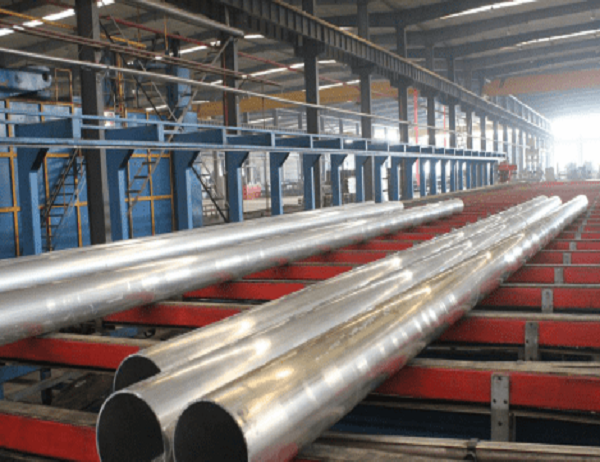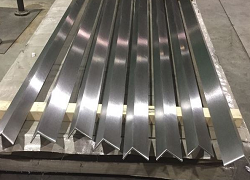With the increasing concern about climate change and the need for sustainable energy solutions, solar aluminum profiles have emerged as a promising option for a greener future. They offer a multitude of environmental benefits, ranging from reduced carbon emissions to improved air quality and resource conservation.
Lower Carbon Footprint
Aluminum profiles used in solar systems are lightweight and durable, requiring less energy to manufacture and install compared to other materials. Moreover, these profiles are highly reflective, maximizing the absorption of sunlight and reducing the need for additional energy input. By utilizing natural sunlight, solar aluminum profiles significantly reduce the reliance on fossil fuels, thereby lowering greenhouse gas emissions.
Enhanced Air Quality
The use of solar aluminum profiles contributes to improving air quality by reducing emissions from fossil fuel-based energy sources. As mentioned earlier, solar profiles minimize the need for non-renewable energy, which in turn reduces the release of air pollutants such as nitrogen oxides (NOx) and sulfur dioxide (SO2). These pollutants are detrimental to human health and the environment, causing respiratory problems, acid rain, and other negative impacts.
Sustainable Resource Management
Aluminum is a highly recyclable material, making solar aluminum profiles a sustainable choice. The ability to recycle aluminum allows for the conservation of natural resources and reduces the amount of waste produced. By incorporating recycled aluminum into solar profiles, manufacturers can create products with a low environmental impact while promoting a circular economy.
Reduced Water Consumption
Unlike many energy generation methods, solar aluminum profiles require minimal water consumption during operation. Traditional energy sources, such as coal-fired power plants, require vast amounts of water for cooling purposes, which can put a strain on water resources and contribute to water pollution. Solar profiles, on the other hand, harness energy from the sun without consuming any water, reducing their overall environmental impact.
Positive Impact on Wildlife and Landscapes
The use of solar aluminum profiles for generating electricity can have a positive impact on wildlife habitats and landscapes. Unlike large-scale solar farms that require extensive land use, solar profiles can be installed on rooftops or integrated into building facades, minimizing their footprint. By reducing the need for land clearing, solar profiles help preserve natural habitats and prevent fragmentation.
In conclusion, solar aluminum profiles offer a wealth of environmental benefits, contributing to a more sustainable future. Their low carbon footprint, enhanced air quality, sustainable resource management, reduced water consumption, and positive impact on wildlife make them an attractive option for both residential and commercial applications. By embracing the use of solar aluminum profiles, we can harness the power of renewable energy while minimizing our environmental impact.



